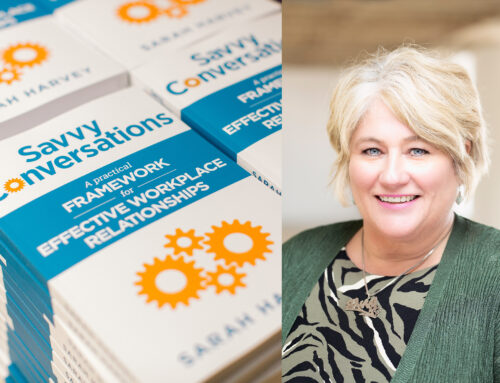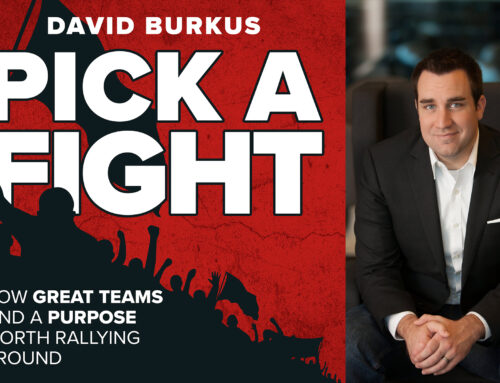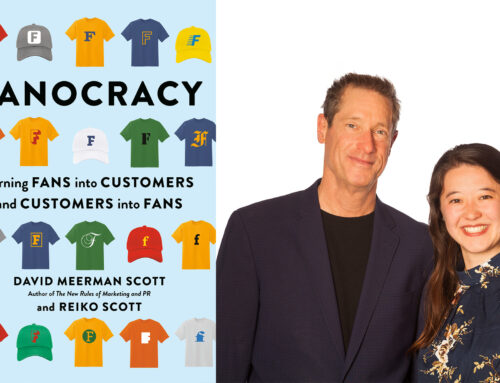The pile of new books on public speaking people have sent me regularly gets too high to be safe, and then I work through them to see what’s most useful. Here’s the best of the current ones.
1. HBR Guide to Persuasive Presentations, Nancy Duarte
This handy reference guide looks and feels like one of those field guides you might put in a backpack and take into the wilds. In this case, it’s the wilds of public speaking, and this is a useful book to have. It’s arranged in over 50 very short chapters on specific issues presenters might face, such as segmenting the audience, defining your idea, losing the jargon, creating a solid structure, adding emotional texture, making the most of slide software, choosing the right type of slide, avoiding visual clichés, rehearsing your material, getting the most out of Q ‘n A and on and on.
All the advice is good, vintage Duarte, and delivered in bite-sized bits that will fit an executive’s busy schedule. More for browsing than reading, this reference guide should be on every public speaker’s bookshelf.
If you’re looking for more of Nancy’s thinking, her recent book Resonate lays out her method, and it’s brilliant. Read that one to learn the craft, and keep this guide handy to refresh your memory when you’re getting ready to deliver an important speech.
Bobby Livingston’s brief, excellent book focuses more on ways to improve your actual delivery of a good speech. As such, it’s a more technically-focused book than Duarte’s. The two make good companions. With lots of practical tips on how to speak clearly, connect intimately, and convert nervous energy into powerful performance, this book will help you avoid or overcome many of the mistakes that beginning speakers make. The issues that Livingston focuses on are the kinds of problems that trip up speakers and prevent them from getting their messages across to the audience.
When Livingston says you need to speak from the heart, he’s thinking about helping you get the technical aspects of speaking down so that you can focus on heart-centered speaking. I think speakers need to do both. Public speaking is both passion and art, and Livingston’s handy little book will help you with both.
Paul Smith’s book is full of business stories. If you’ve ever wondered how to turn 3Q results dross into storytelling gold, this book will help you get the idea. It’s organized into nearly 30 chapters, each packed with examples and showing how to tell stories for certain situations, like setting a vision for the future, setting goals and building commitment, establishing values, setting policy, building courage, appealing to emotion, teaching important lessons, demonstrating problem solving, delegating authority, and so on.
I found the categories more copious than helpful. The book’s real value lies in the stories themselves. Smith’s research and experience yields an extraordinary treasure-trove of business stories and the result is a fun, useful book to dive into at almost any point. My complaint is that the larger categories of stories – envision success, create an environment for winning, energize the team, educate people, and empower others – seemed to overlap one another and as such weren’t terribly useful. What’s the difference between success, winning, and empowering?
But if you approach the book as a repository of great business stories, you will find it highly useful, especially if you’re in business communications or are an executive trying to figure out what story you should tell your organization.
4. Moving Mountains or the Art and Craft of Letting Others See Things Your Way, Henry M. Boettinger
This book is a neglected masterpiece, out of print, and originally published in 1969. I first heard of it because my book Give Your Speech, Change the World was voted the best book on public speaking ever in one category in a recent judging by a panel of communications experts. In another category, Give Your Speech was second, and Moving Mountains was first. That naturally made me curious, since I hadn’t heard of it, and so I tracked it down in a used bookstore and devoured it.
There’s bad news and good news. The book is indeed from another era, and it is hopelessly out of date in terms of style and approach to the subject. There’s no scientific research in it, just the author’s experience and wisdom. And he spends far too much time wandering through the thickets of Western literature, philosophy, and economics before he gets to the point.
So I’m afraid the book won’t get a wide readership; it’s just too old-fashioned. But that said, it’s full of surprising insights into persuasion and public speaking. You have to dig through the allusions and discursions to find them, but they’re in there!
Let me give you a very brief example of what I mean. Here’s a section on the very good idea that you can grab your audience’s attention with opposites, or by telling them something unexpected:
Attempts to understand how development takes place have occupied the best minds of every discipline over the last 2,500 years. I am not about to give the final answer. In fact, some theories of development hold that no final answer is ever possible. But there is one view that is extremely useful for anyone faced with the job stringing together the various aspects of a problem in order to produce acceptance for his particular solution, i.e., the presentation of an idea. This is the method of the dialectic, as propounded by a great, but verbose, German philosopher, Georg Wilhelm Friedrich Hegel (1770-1831). The idea of the dialectic is one that has been known to every wise man since prehistory. Aristotle embodies it in his quest for “the Golden Mean,” where he believes that truth lies between the extremes of viewpoints….
And so on. You get the idea. Hopeless for today’s reader, but the book is full of insights that jump out at you from prose like this from time to time. Moving Mountains belongs in the library of every serious student of the persuasive arts.











Nick, thanks for writing this post. I didn’t know about Livingston’s book; it sounds great. I know your stack of books hits the ceiling, but I, too, have recently written a public speaking book that takes both newbies and pros from first thought to final bow. It’s called SPEAK LIKE YOURSELF… NO, REALL! FOLLOW YOUR STRENGTHS AND SKILLS TO GREAT PUBLIC SPEAKING. May I send it to you?
Hi, Jezra —
Thanks for the comment. And yes, the stack is high, but I do get to them eventually, and with pleasure. Please send it on — if it’s a physical book, send it to the address on the website.